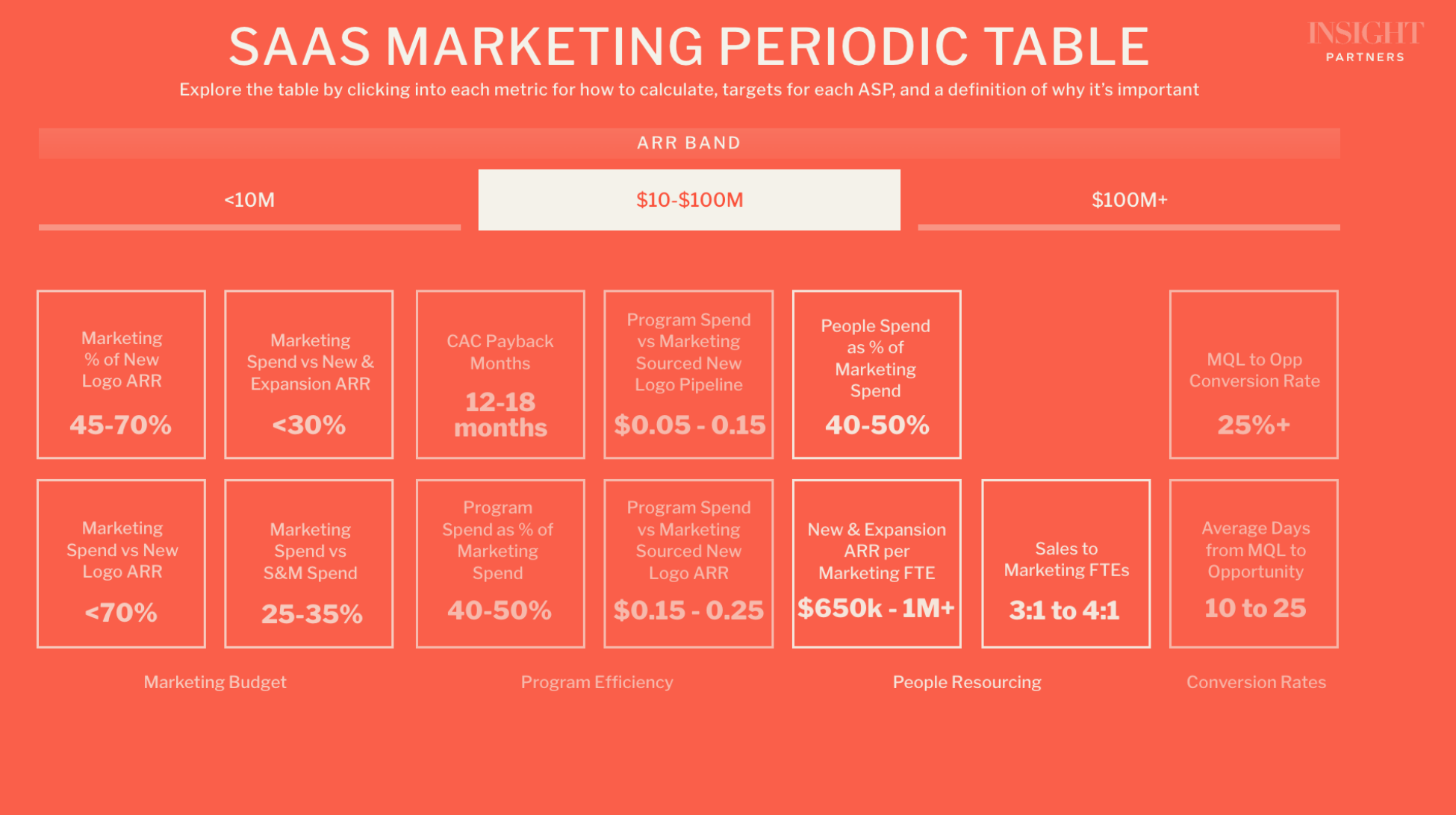Investors and CEOs need a climate risk strategy now more than ever. Here are 5 reasons why.

Warren Buffet’s insight, “Only when the tide goes out do you learn who has been swimming naked,” resonates strongly in the era of climate change. However, the tides have turned. The sea level will rise for at least the next 15 years, demanding private market investors take proactive measures to equip portfolio companies with metaphorical wet suits. Investors and CEOs need a climate risk strategy.
Climate change poses material financial risks that are being inadvertently overlooked amid a highly politicized anti-ESG campaign. While global temperatures are at an all-time high, U.S. ESG fund flows are facing a retraction. In Q4 of 2023, investors withdrew $5B from U.S. ESG open-end and exchange-traded funds (ETFs). However, also since September of 2023, 63 new climate funds have quietly raised $82B in fresh closed capital.
As a traditional, cap-gains-driven investor, Insight seeks to ensure that all investments, including existing portfolio companies, understand the impact of any material climate change-related risks on their operations and/or customers. These considerations are particularly relevant across software verticals including supply chain, proptech, GRC, govtech, regtech, insuretech, and generative AI. Perhaps surprisingly to some, our strategy extends beyond just identifying the best pure-play climate software businesses.
We’ve pinpointed five climate risk considerations for CEOs building software businesses across a broad variety of enterprise sectors. They illustrate how our economy has become inextricably linked to climate change.
1. Destructive extreme weather
The increasing frequency and intensity of extreme weather will continue to damage assets, cause disruptions in supply chains, increase insurance liabilities, and harm human health. Last summer, as a result of increasing wildfires and flooding, both State Farm and Allstate fully pulled out of offering insurance in California for new homeowners and businesses.
2. Changing B2B and B2C customer demands
66% of the Fortune Global 500 have a significant climate commitment, and many of our portcos service this customer base. Walmart, Sephora, and Apple are just a few choosing suppliers based on clean energy or recyclability initiatives. Consumer preferences are similarly evolving, with increasing demand for sustainable products and services.
3. Rising energy costs and constraints
Energy costs are rising in conjunction with rising energy demand. The Power Purchase Agreement market grew 12% in 2023, as (mostly tech) enterprises rush to lock in their future (renewable) energy costs. Transitioning to renewables involves a shift from fossil fuels, with their share as a primary energy source expected to fall from 80% in 2019 to between 55% and 20% by 2050. Training an LLM requires compute power much greater than traditional AI models.
4. Increasing regulatory decarbonization interventions
Stringent regulations from many governments are forcing companies of all sizes to be transparent about their environmental performance and to adopt decarbonization plans through taxes, legal liabilities, and reputational damage risks from mandatory climate risk reporting. The EU Carbon Border Adjustment Mechanism (CBAM), EU Corporate Sustainability Reporting Directive (CSRD), U.K. Plastics Tax, and California’s SB 253 are crucial examples.
5. Missed revenue opportunities
There are rapidly emerging markets in categories like sustainability reporting and physical risk analysis that software businesses should consider entering, creating cross-sell product opportunities. Without doing so, customers may turn to other providers that serve their sustainability needs. More on this in De-risking climate change with software: opportunities, challenges, and resources for innovation.
Regardless of public sentiment toward ESG, neglecting climate risks could leave your business or portfolio company metaphorically “swimming naked” in a literal hurricane.








